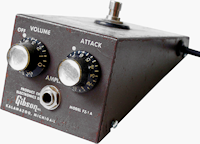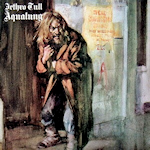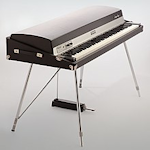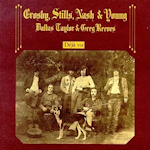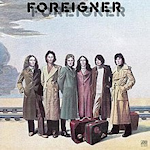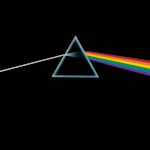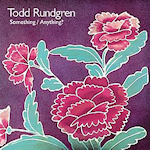The Fender Stratocaster, commonly referred to as the "Strat," is an iconic electric guitar model introduced by the Fender Musical Instruments Corporation in 1954. The Stratocaster was designed by Leo Fender, George Fullerton, and Freddie Tavares, and was intended to be an improvement on Fender's earlier Telecaster model.
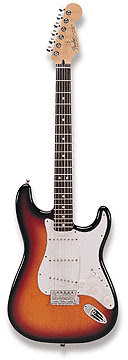
The Stratocaster featured a distinctive double-cutaway body shape, with three single-coil pickups, a tremolo bridge, and a bolt-on neck. The new, "Original Contour Body" meant relief from angular body edges pressing into players' forearms and ribcages. The guitar is known for its bright, clear tone and versatile sound, which has made it a favorite among guitarists in a wide range of genres, from rock and blues to country and jazz.
Over the years, the Stratocaster has undergone a number of design changes and variations, including different pickup configurations, finishes, and neck shapes. Some of the most notable versions of the Stratocaster include the "Hendrix Strat," which was designed to replicate the guitar used by Jimi Hendrix, and the "Eric Clapton Strat," which features special pickups and electronics designed to replicate Clapton's signature sound.
The Stratocaster has been used by countless famous guitarists over the years, including Jimi Hendrix, Eric Clapton, Buddy Holly, Stevie Ray Vaughan, David Gilmour, and many others. The guitar's versatility and distinctive sound have made it a favorite among players of all levels, from beginners to seasoned professionals.
Today, the Fender Stratocaster remains one of the most popular and iconic electric guitar models of all time, and it continues to be an essential tool for guitarists in a wide range of genres.
Explore Fender musical instruments on Amazon...
